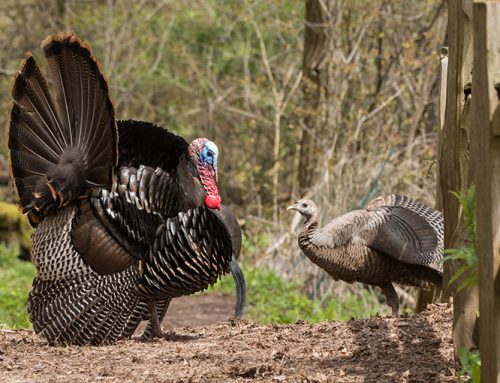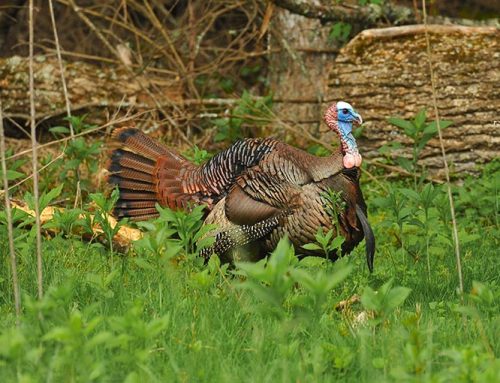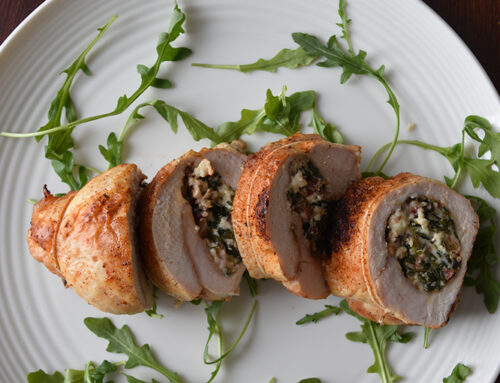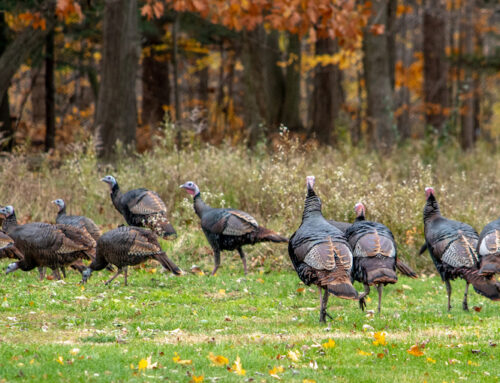
If you like close range shots, watching toms come in from hundreds of yards, and playing cat and mouse with a long beard, then turkey hunting on public land is for you.
The 26,000-acre Larose Forest, located east of Ottawa, is a prime example of accessible public land well-suited to turkey hunting. Public lands, like this, that have an irregular shape and spots adjacent to farm land, are gobbler gold mines. With a lot of homework and a little luck, these areas can be as good to hunt as private land. This year, while other hunters count on private properties to hold spring turkeys, invest the time you would have spent seeking landowner permission in looking for public-access birds. You might find yourself with more prime spots than you’ll need.
Related reads
Large scale scouting
There’s a good chance you have thousands of acres of public turkey woods at your disposal. Start with a paper map of your local public lands, then use Google Earth or Google Satellite to cross-reference your map with imagery. Highlight all the potential spots on your map, and focus on areas where public land abuts agricultural land. Before the hunt, visit the spots you’ve highlighted on your map. Often, a drive by the spot on the nearest road will confirm the presence of birds. Other times, a hike will be necessary.
Small scale scouting
I quickly learned that field-edge fences might as well be walls of fire to a turkey. You absolutely need to be able to get a point of access between your forest set-up and the field-dwelling bird. In other words, there better be a hole in that fence, or your birdiest spot will function as a wildlife observatory. I’ve found turkeys are willing to walk into the forest as long as there’s a gap in the fence or a dip beneath it they can travel through. On a guided hunt a few seasons ago, a client and I watched and listened helplessly for 30 minutes as 2 toms meandered back and forth, gobbling furiously in front of us on the wrong side of the fence. In our haste, we had set up too far from a 3-foot gap in the fence.
Game day
Go early
The tried and true turkey hunt, where the set-up is an hour before sunrise, will work on public land and is a good bet if you plan on staying in one spot, and have confidently patterned the birds in that area. Set up a decoy near an access point and position yourself out of the bird’s line of sight when it spots the decoy.
It might be a good idea to begin with softer purrs after your initial fly-down cackles, in case birds are nearby when legal shooting time rolls around. But, if you can’t get close to the birds, be ready to make loud calls.
Or better yet, go late
I like getting to the turkey woods later than most; this allows me to drive by my most promising spots to see if birds are in the field next to the forest I’ll be hunting. This is a big gamble on public land if you don’t have a large inventory of spots and someone gets to your favourite first. When I spot birds within calling distance of a public forest, I park the truck and throw on the camo. My biggest toms have been harvested mid-day.
Forest dwellers
Field edges will always be go-to spots, but many large public forest blocks support bird populations too. Google Earth is a great tool for finding old farmsteads or meadows buried far inside forest blocks. A trained eye can pick out oak trees or other good food sources.
Ridges and red pine plantations are good bets as they generally have dry soil and often a decent shrub understorey. Turkeys will scratch these areas extensively, searching for seeds. My first turkey was harvested in a scratch-and-scat-riddled red pine plantation. These spots are best later in the day after the birds are done with their morning rituals.
Birds use existing trails as travel corridors. Creek beds or ridges that connect open areas to forest trails can be turkey highways. If possible, set up far from a trail to avoid being disturbed by ATVs or other forest users. Ensure you are shooting in a safe direction by setting up with your back to the trail.
The mobile approach
Hunting on the move needs to be done with the utmost attention to safety, especially with turkey hunting. I use this approach in isolated parcels of public land that only have one access point, so I can tell if another hunter is present.
When on the move, don’t rush towards birds and then get stuck at property boundaries. Walk towards the birds slowly and stop to make loud aggressive hen calls occasionally. Don’t set up until your calls are answered. I opt for diaphragm calls, either singles or doubles, and shaker style gobbler calls. My theory is that as long as I can call louder than I walk, I have the upper hand. The further you are from the forest edge, the better, both from a safety and strategic point of view.
If birds seem to hang up, don’t fret. Move closer to them and call again. You have the advantage if the birds can hear you, but not see you. Even if you have approached as near as possible, try to simulate another tom moving on a hen. Even minor adjustments toward a bird can trigger it to commit. A 6-yard gain on a hung-up bird 300 yards across a field turned a 20-minute standoff into a bagged 21-pounder in under a minute for me last season.
First published in the April issue of Ontario OUT OF DOORS magazine. Subscribe.






Leave A Comment